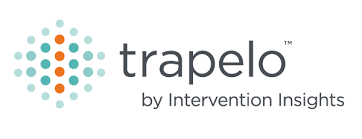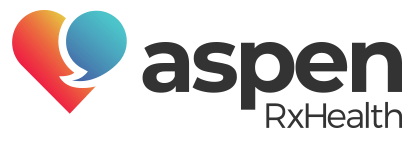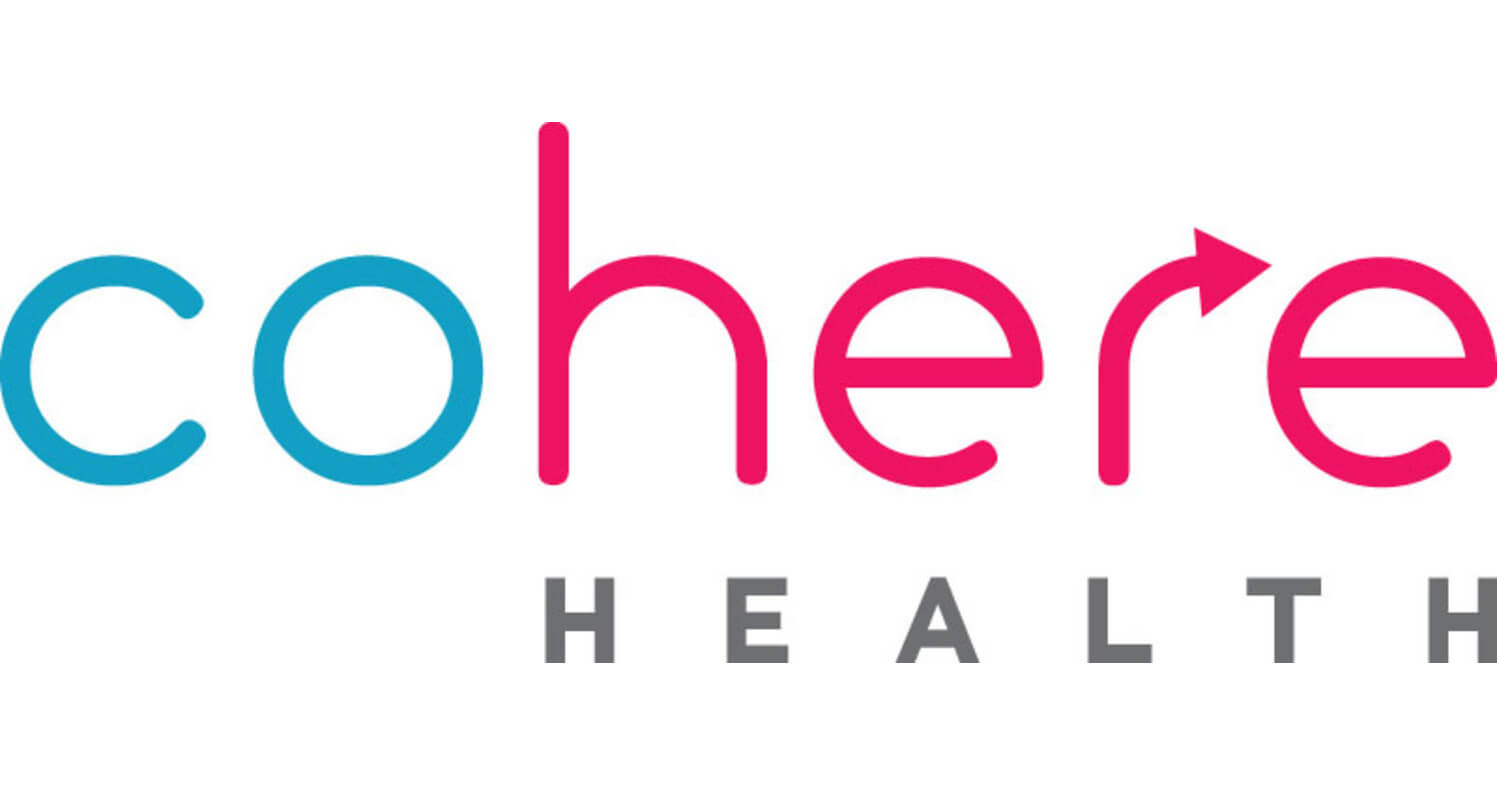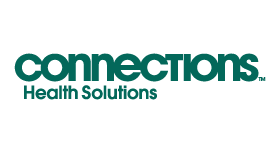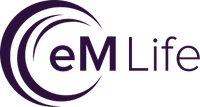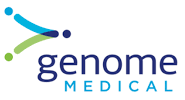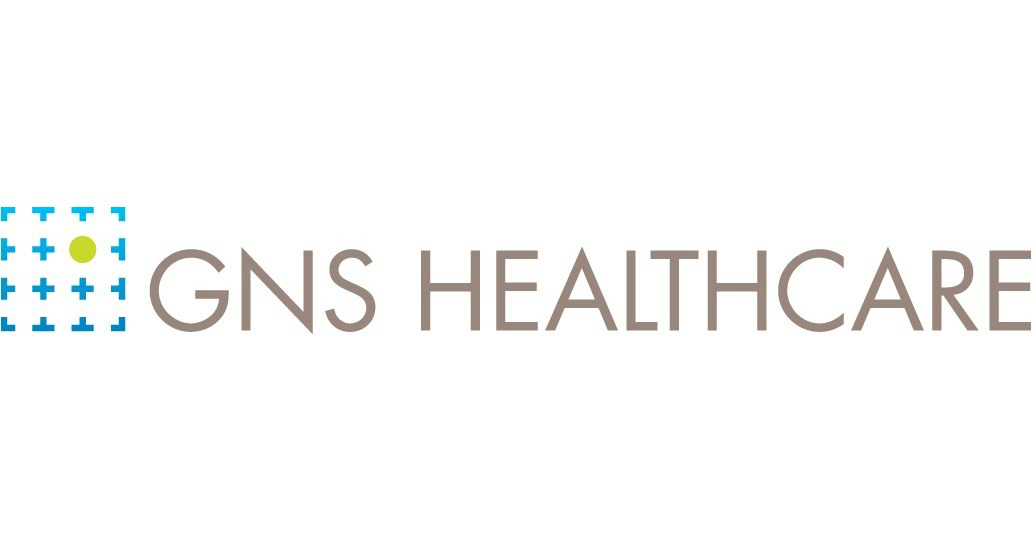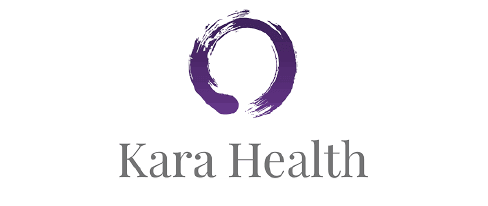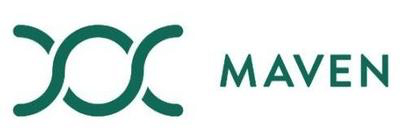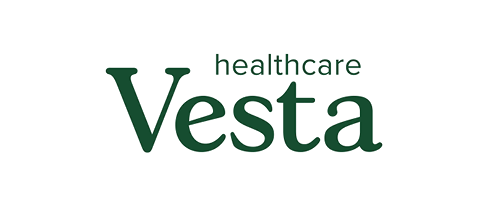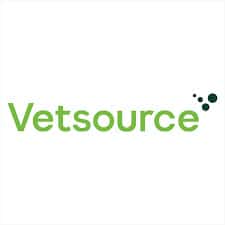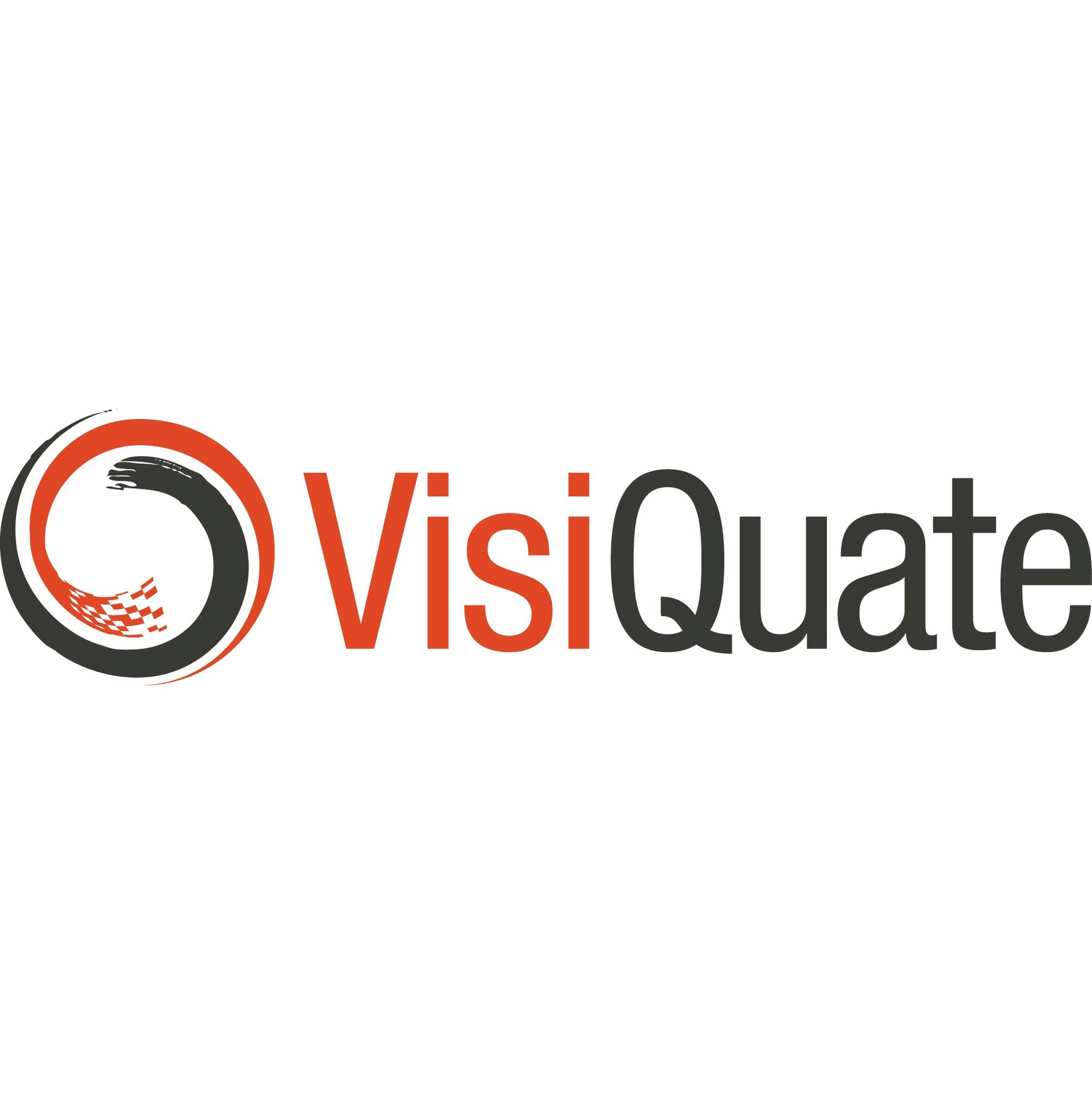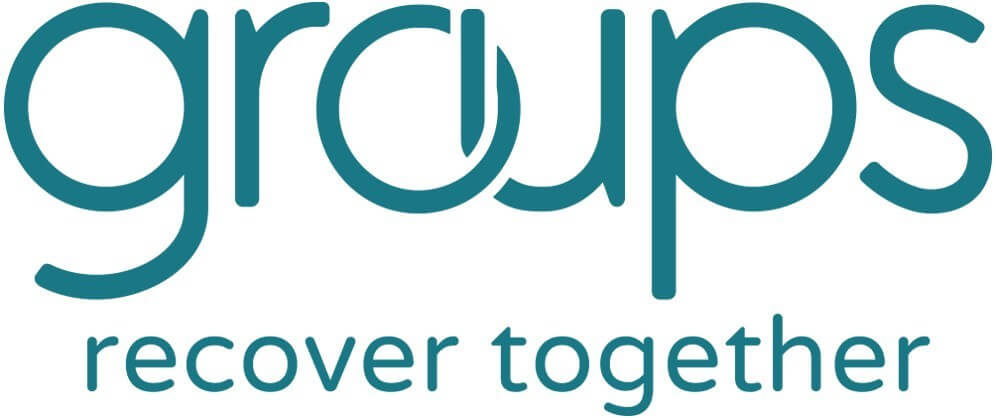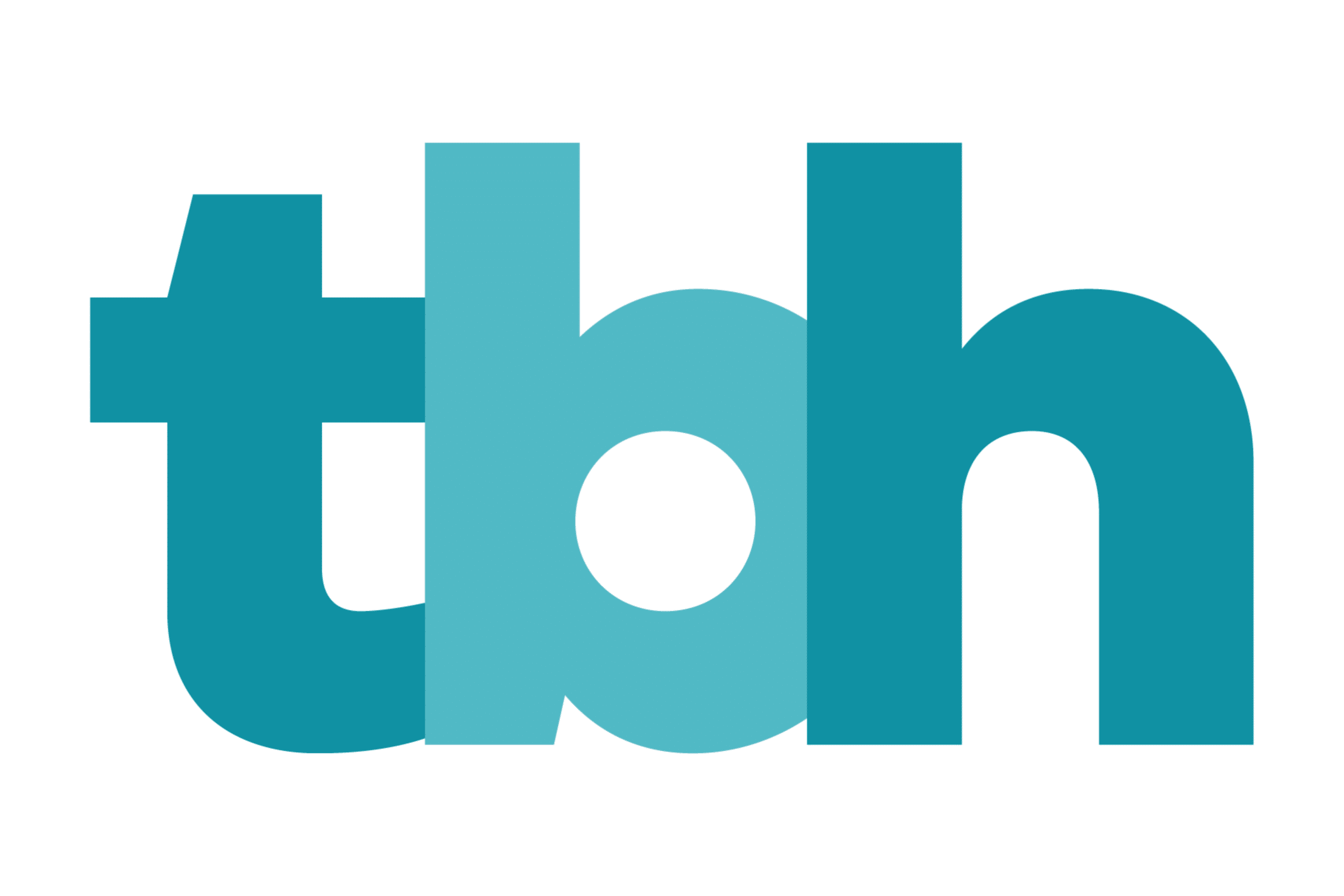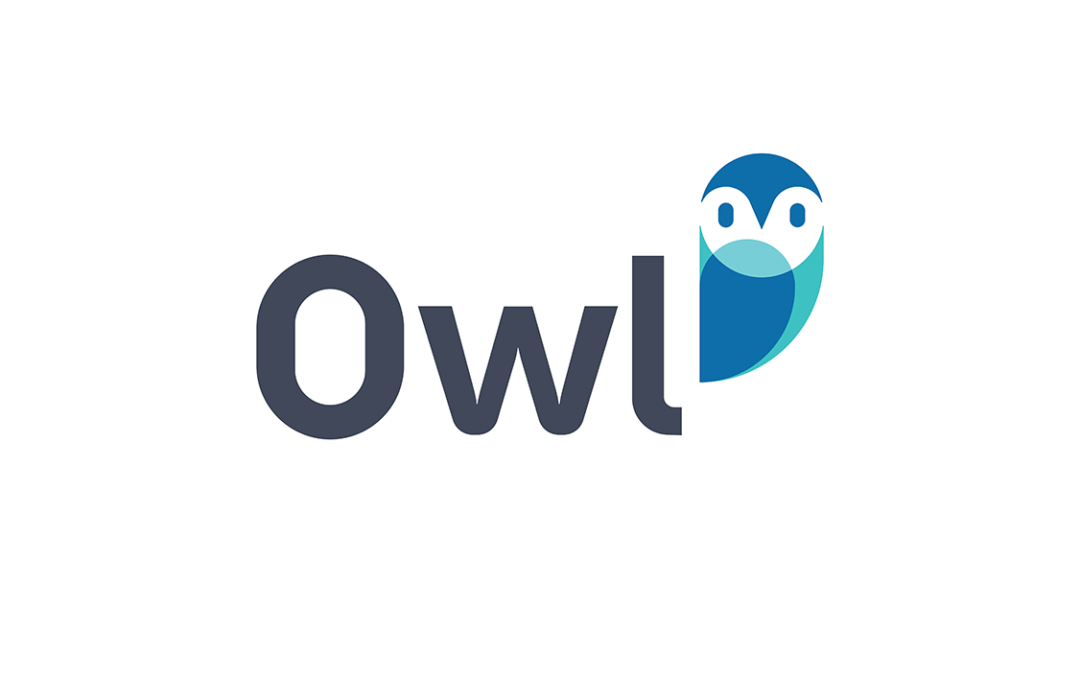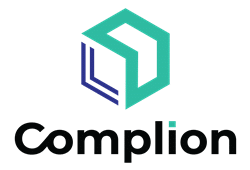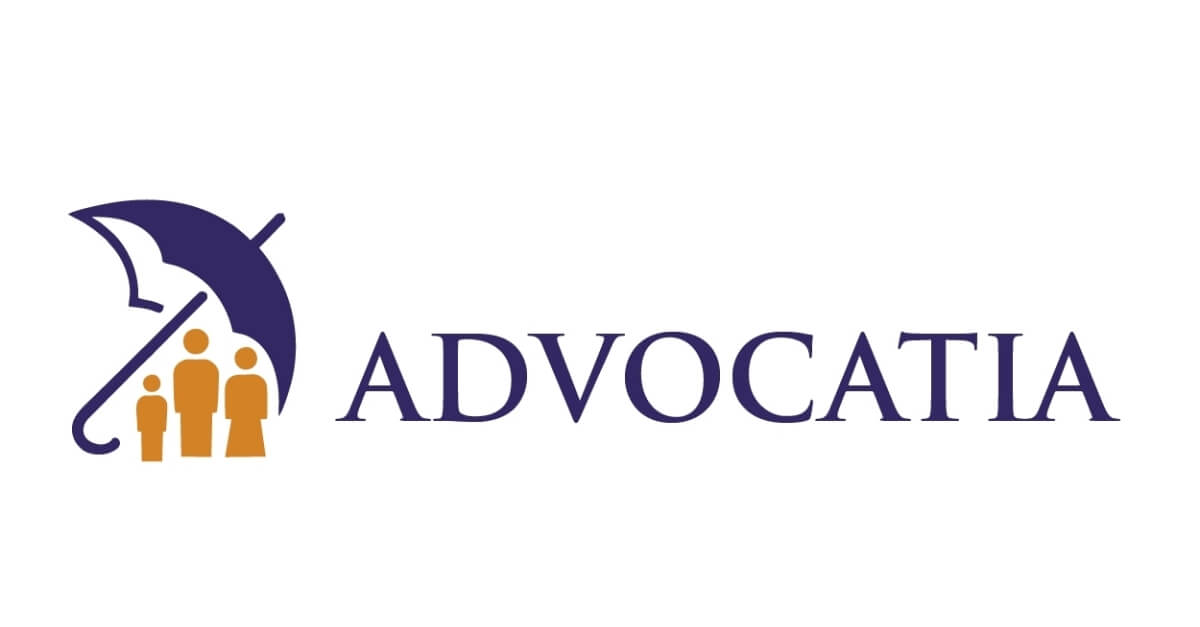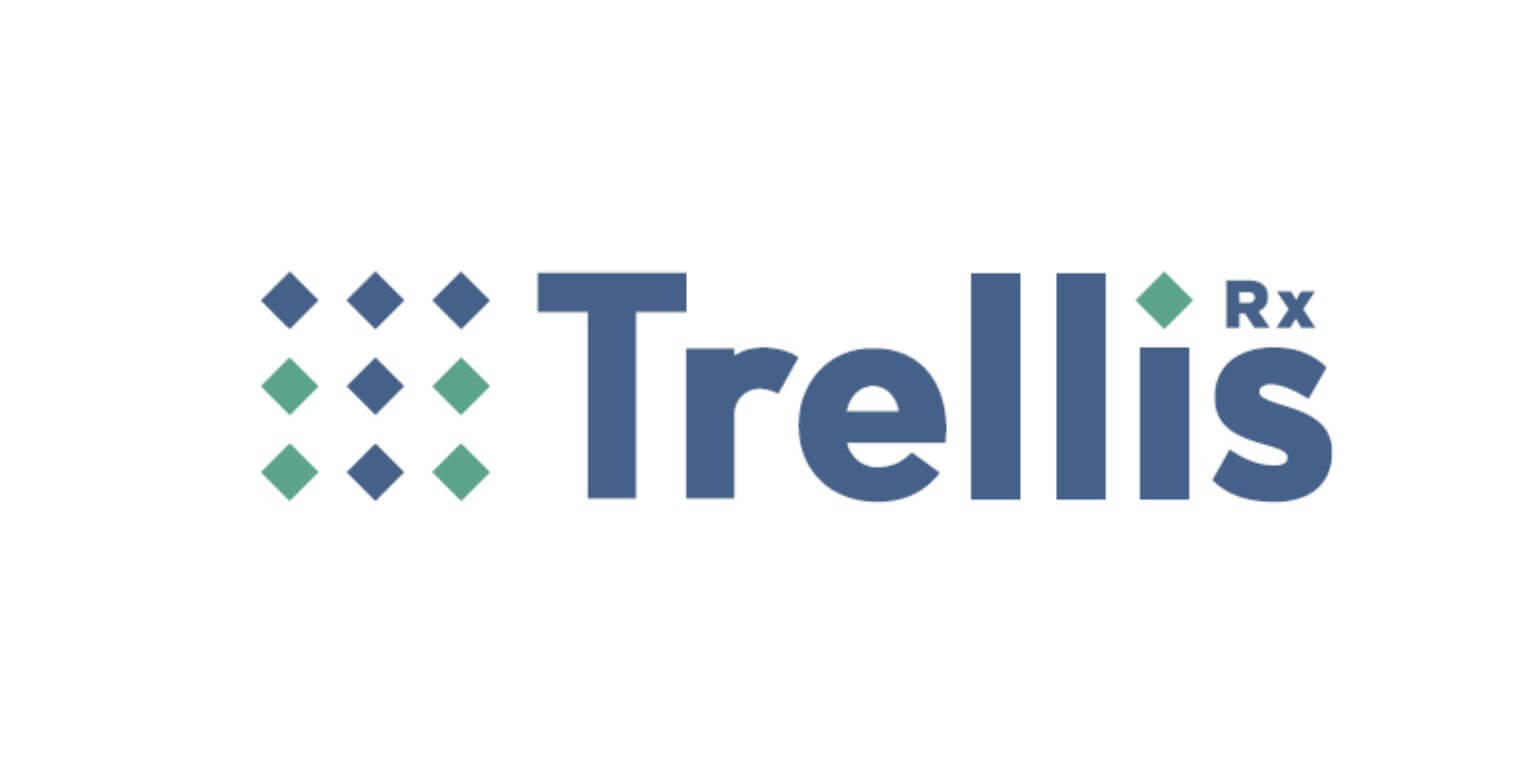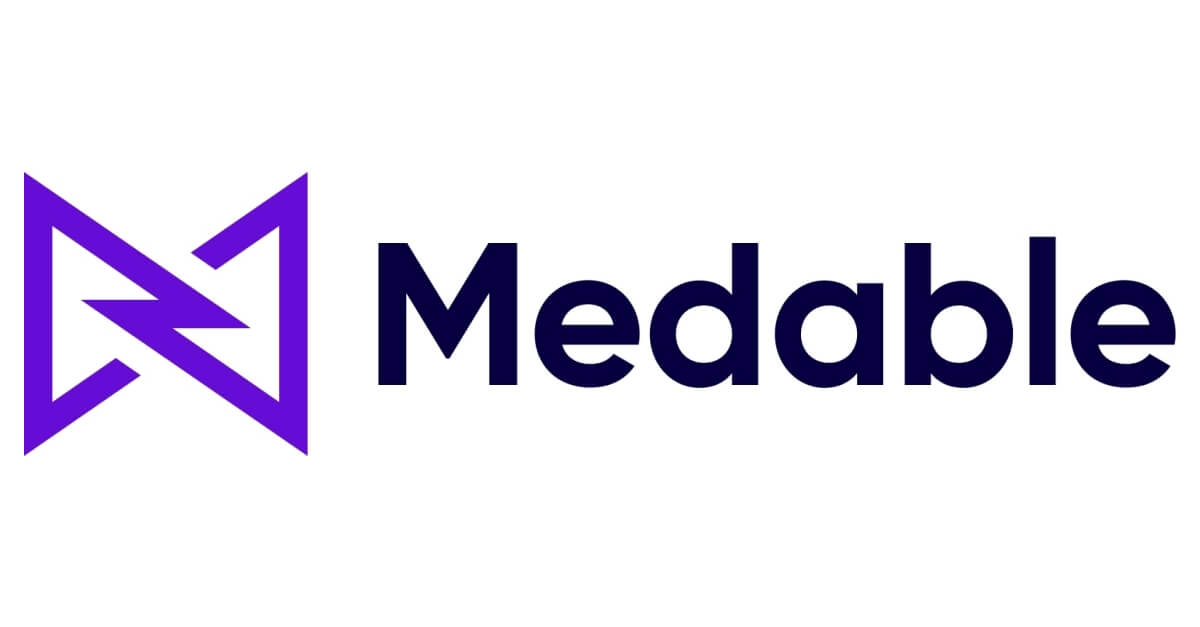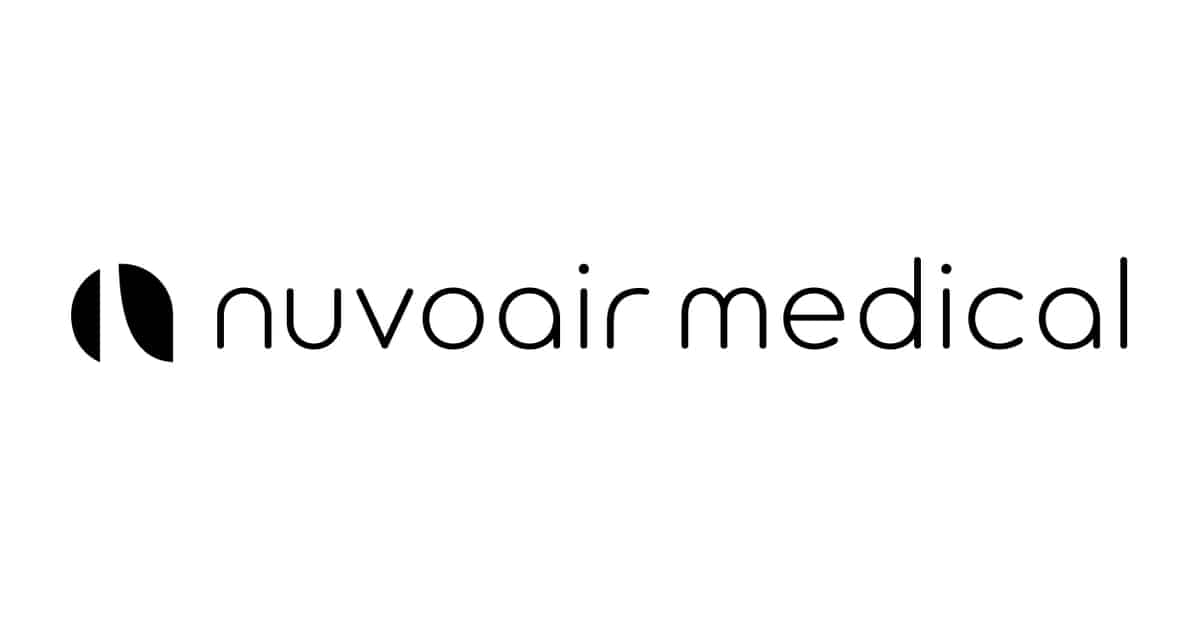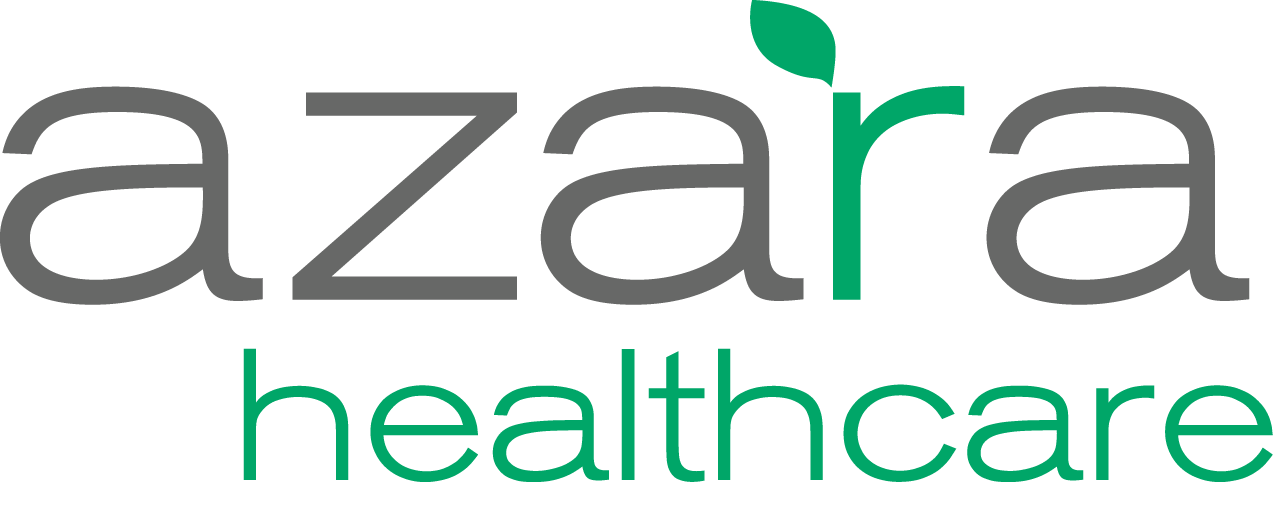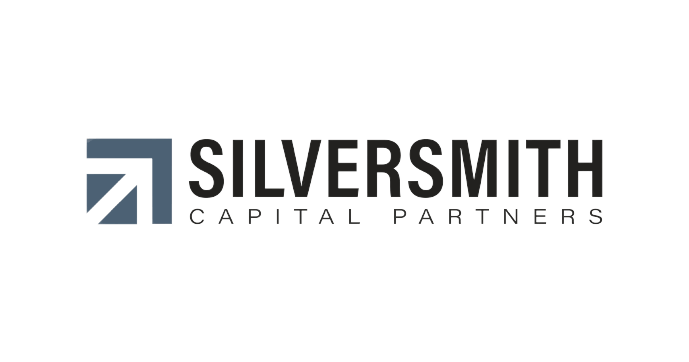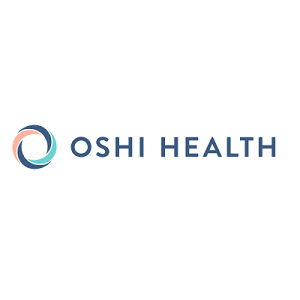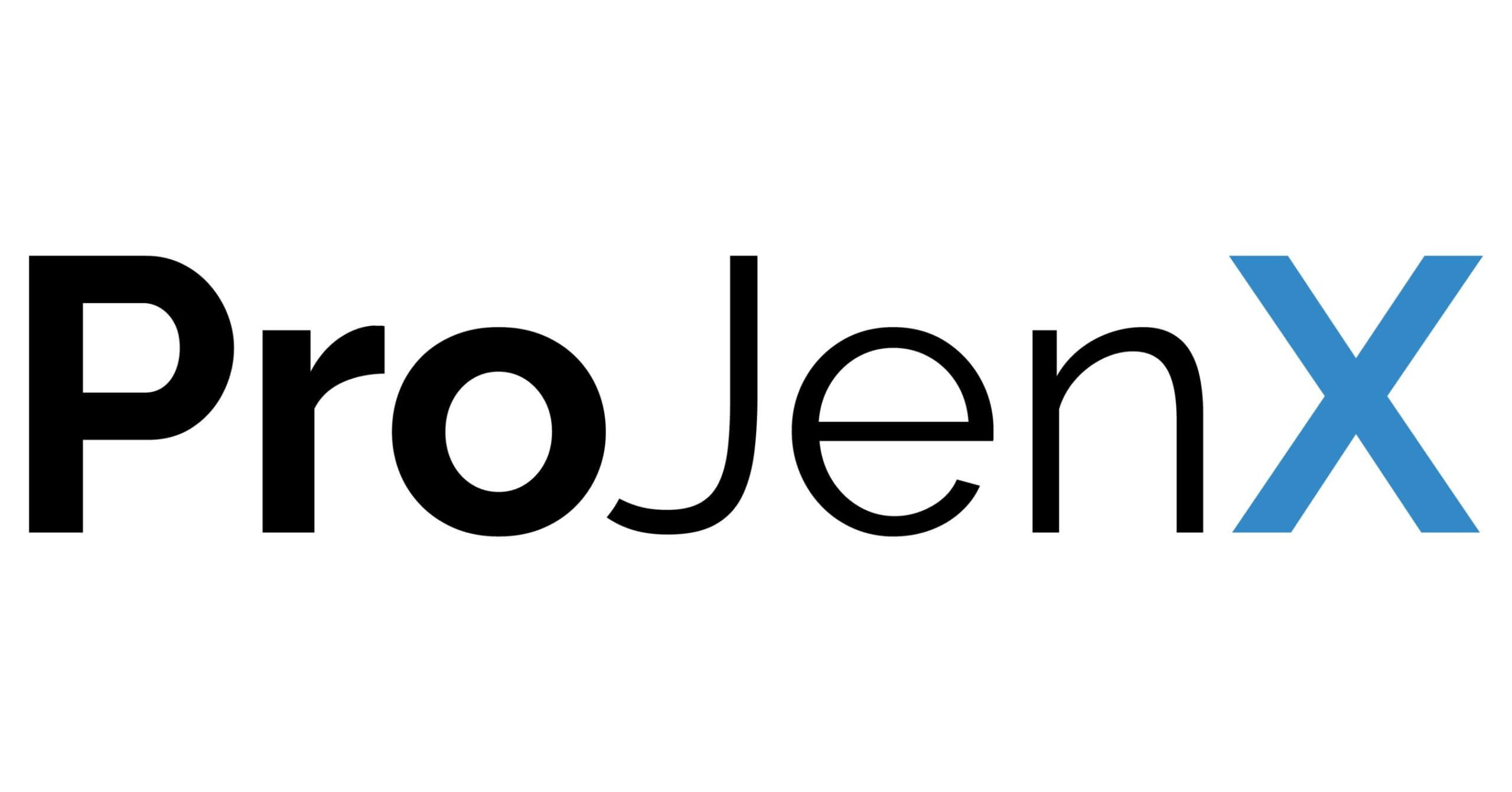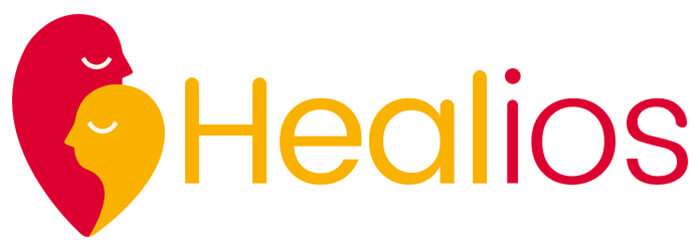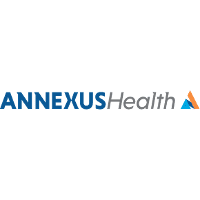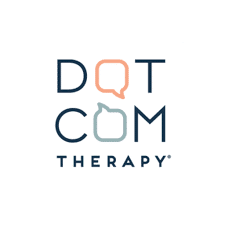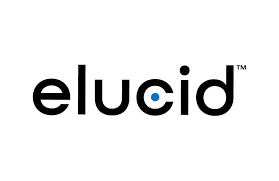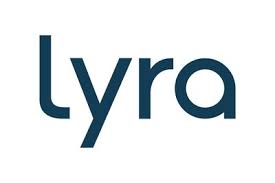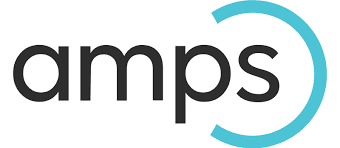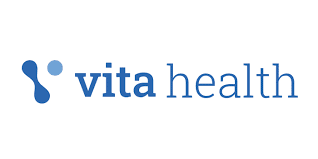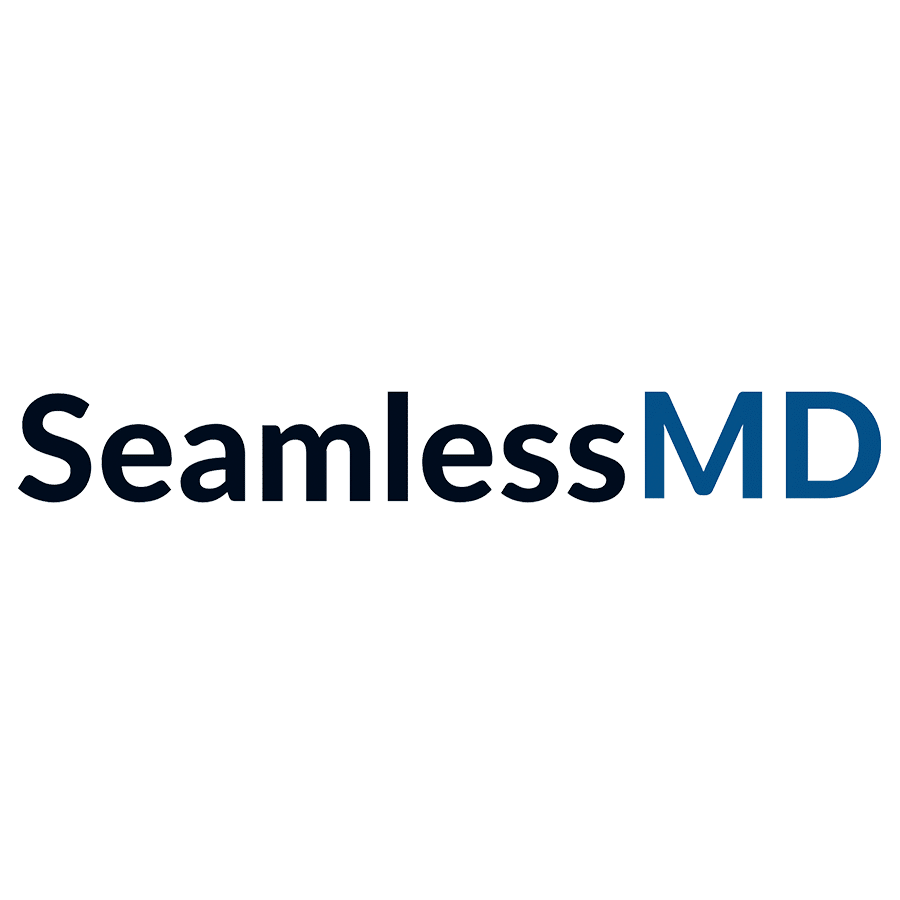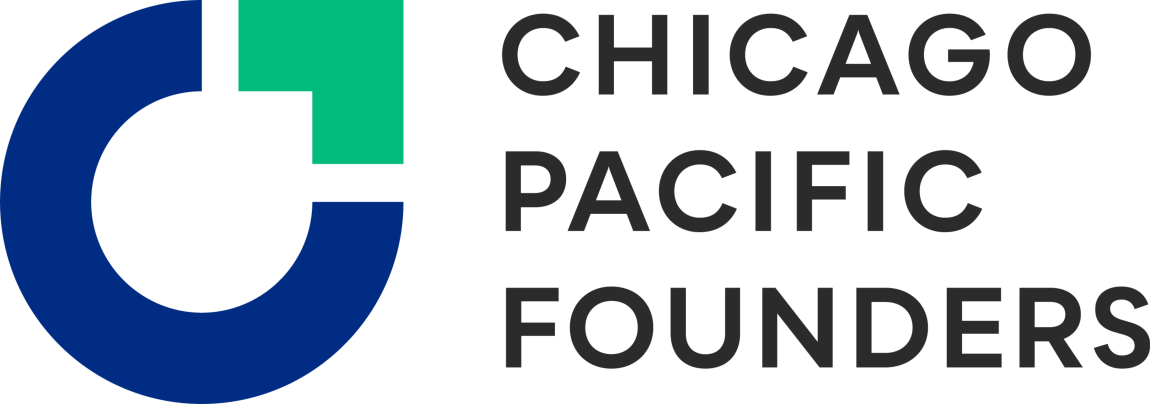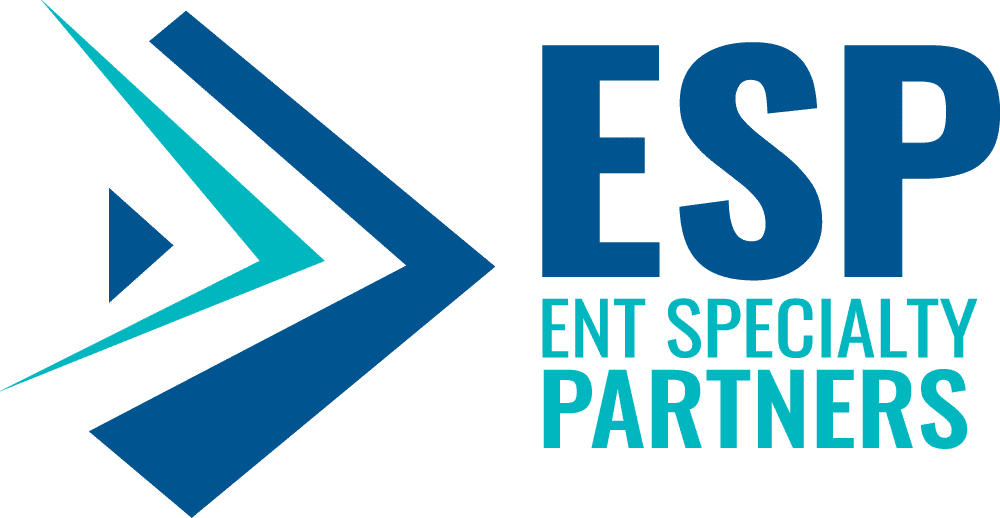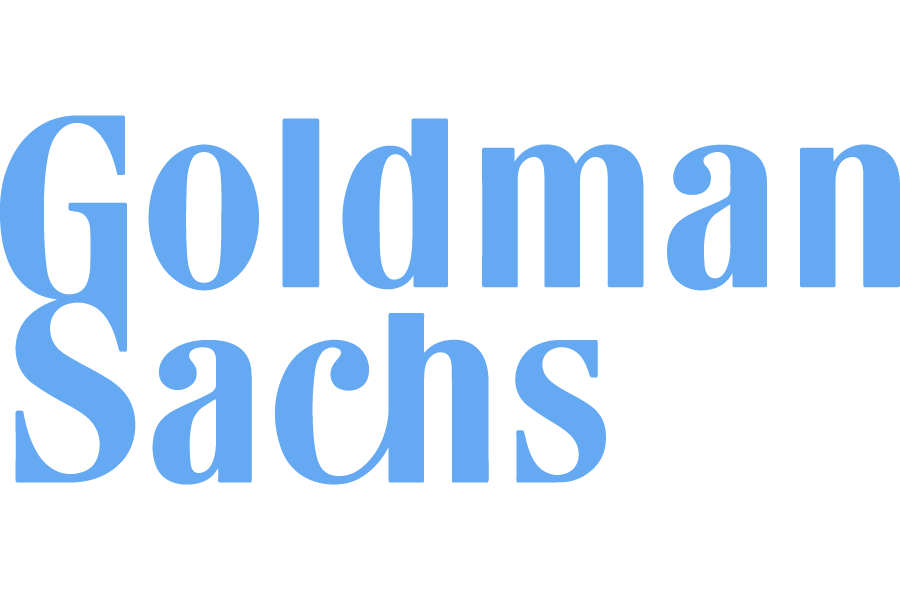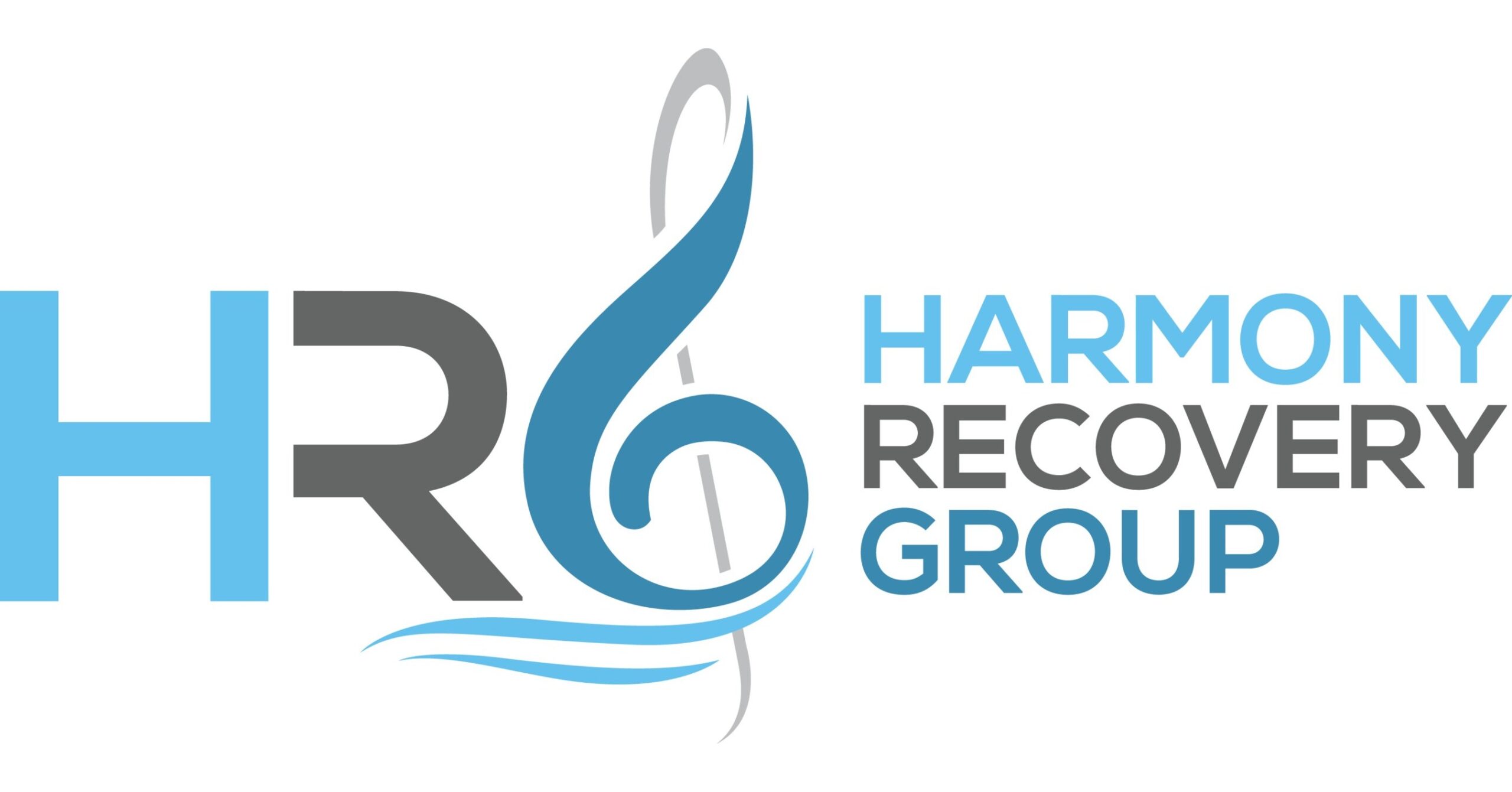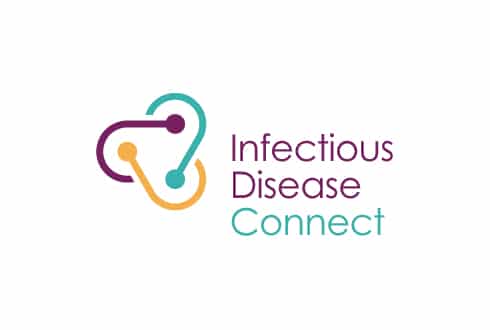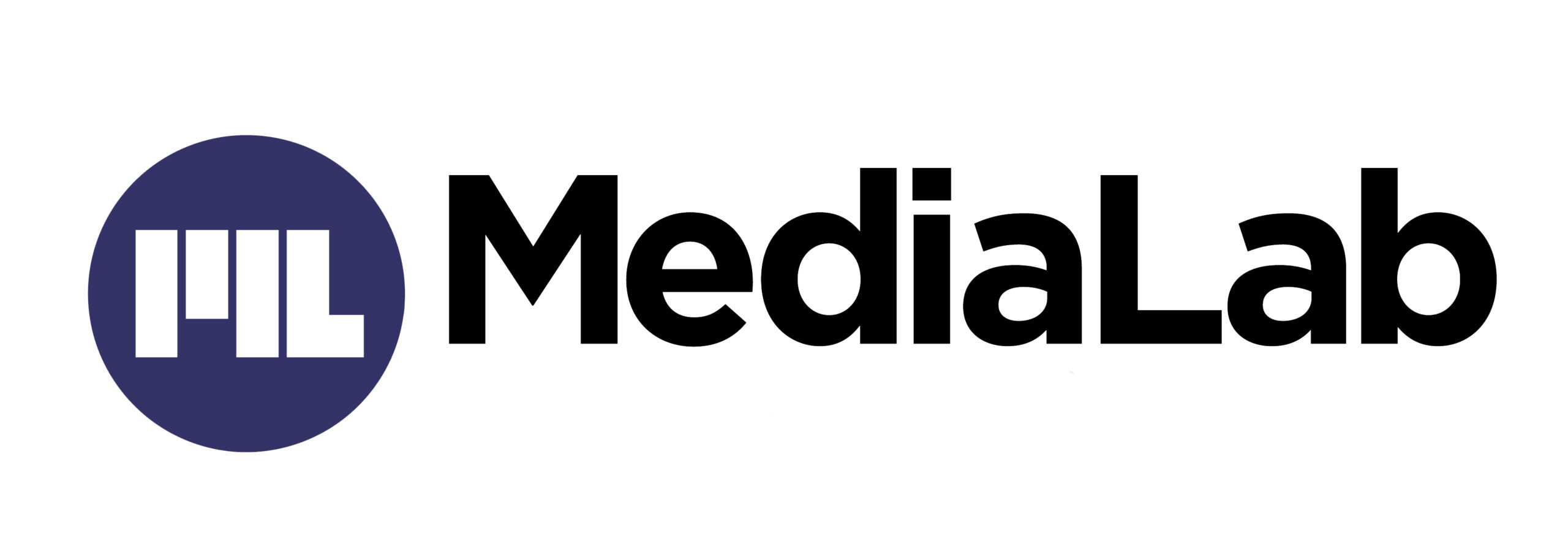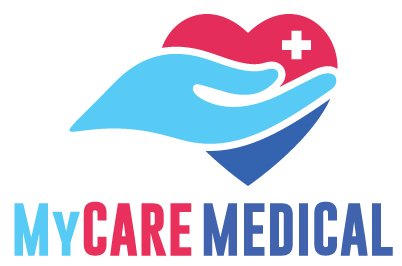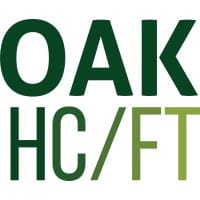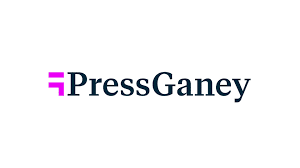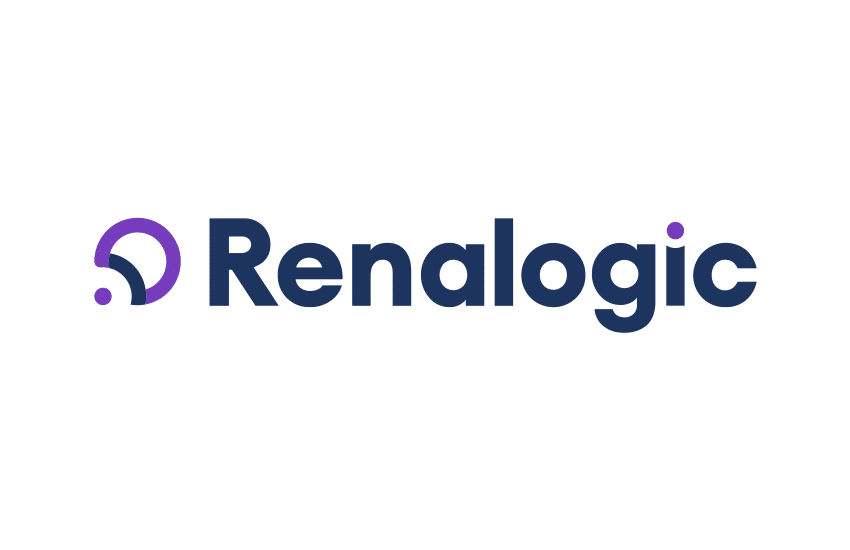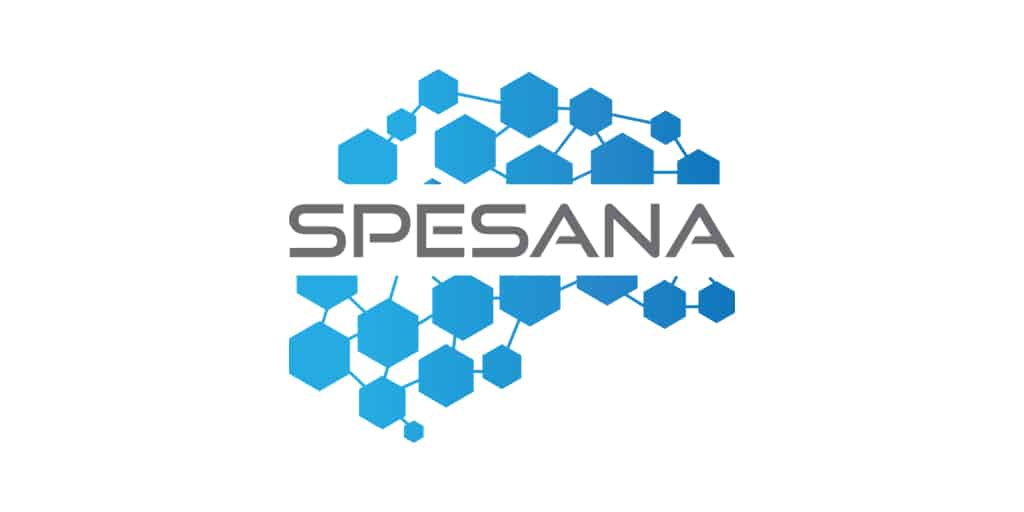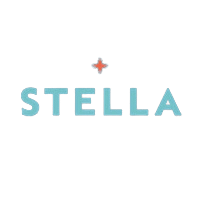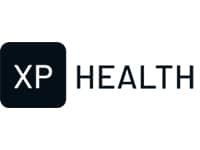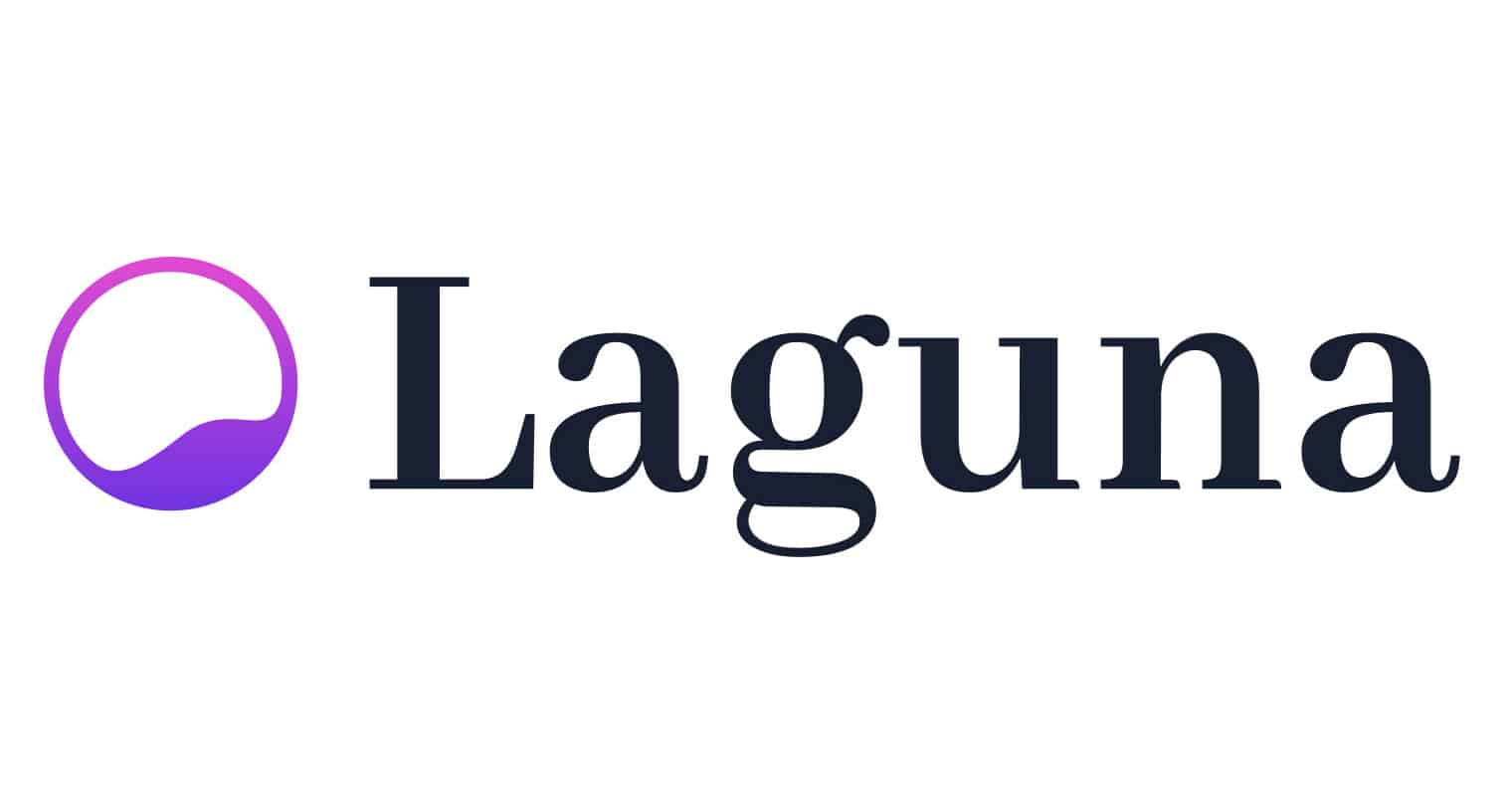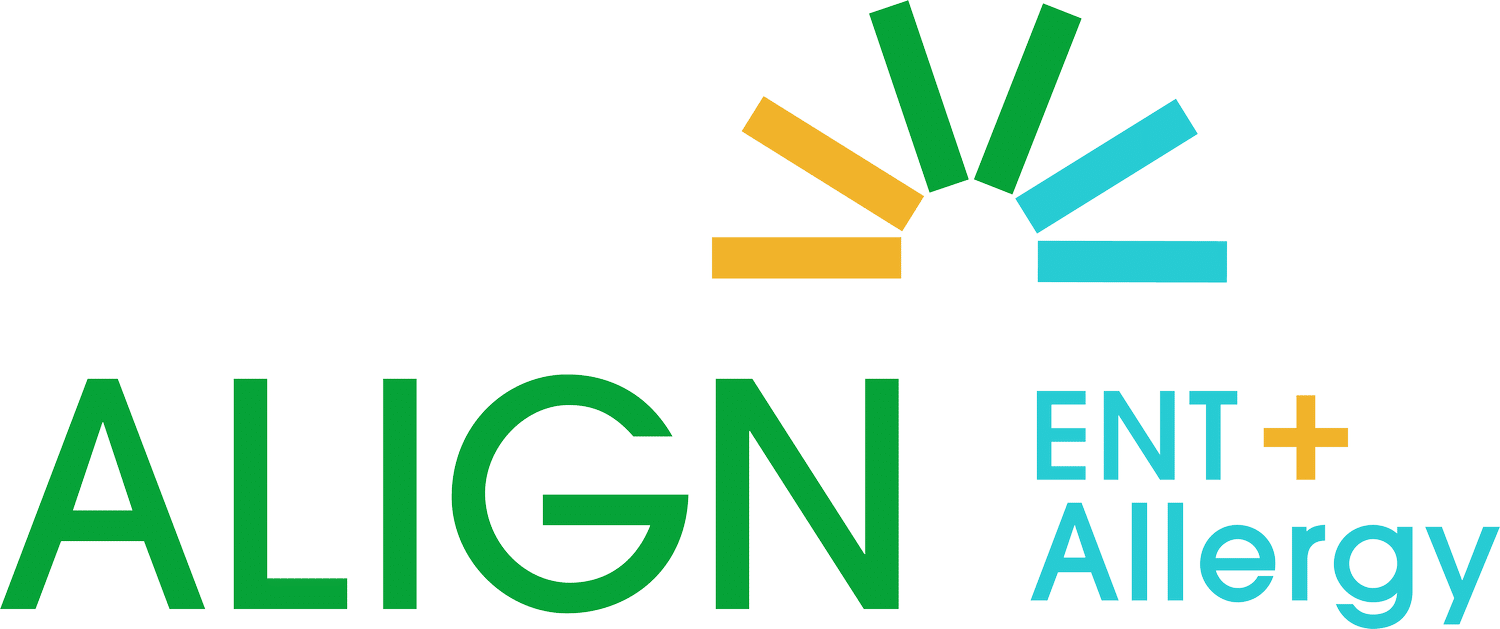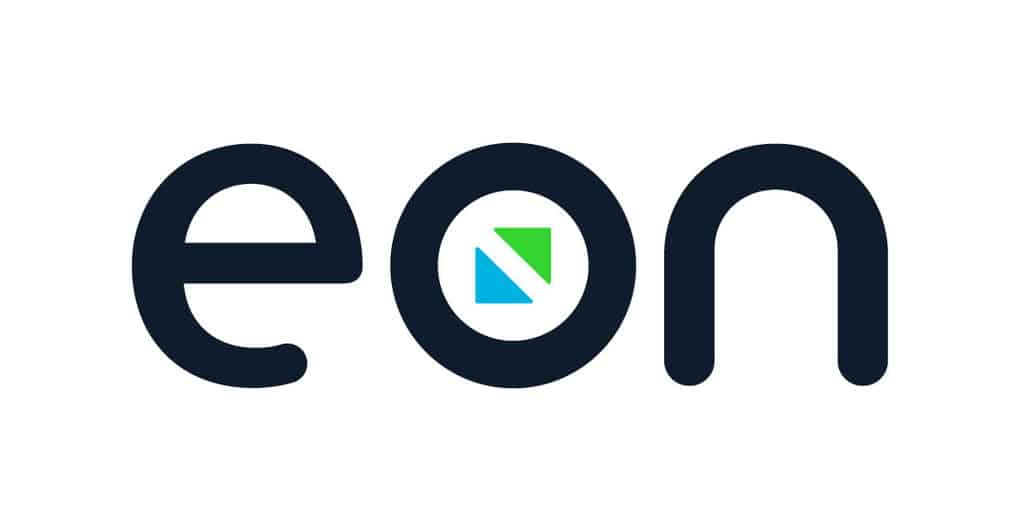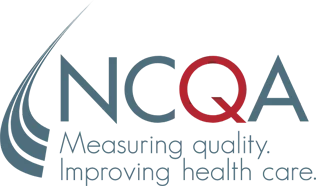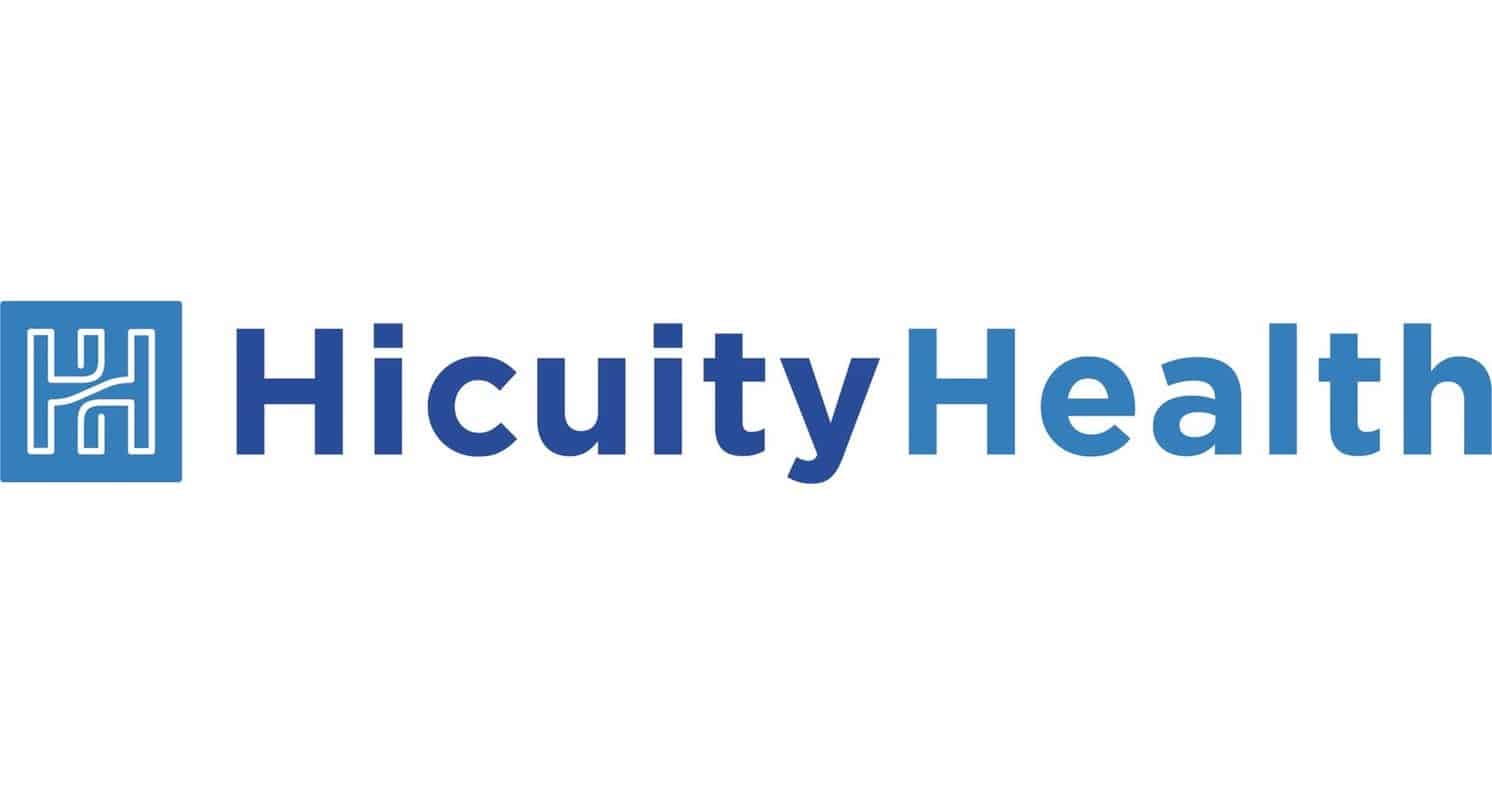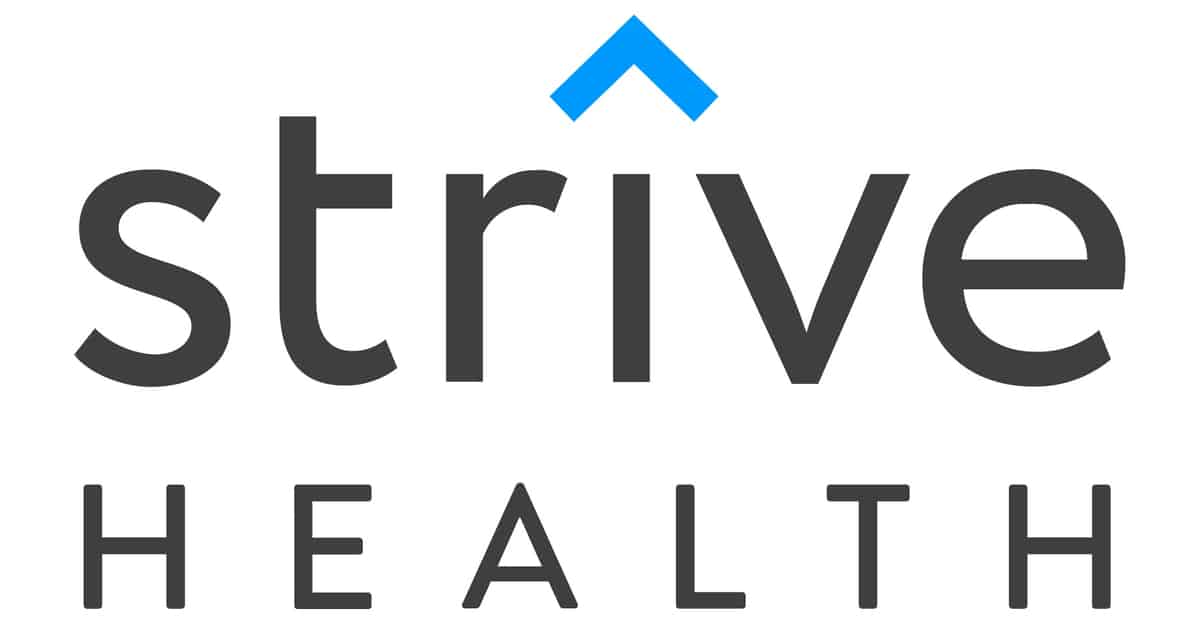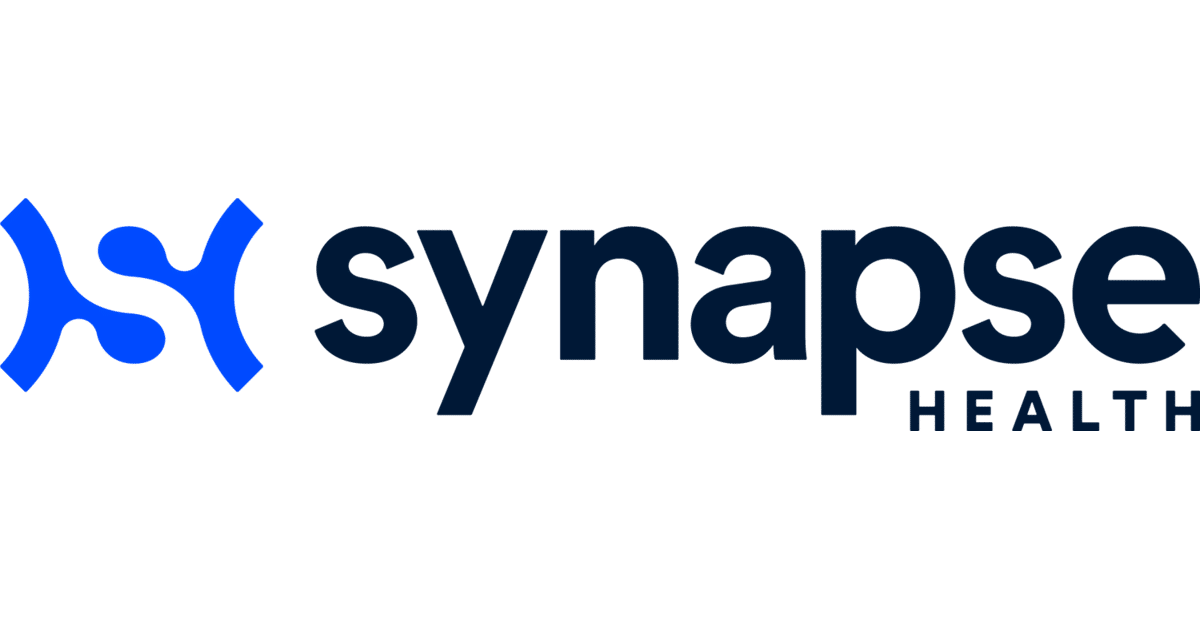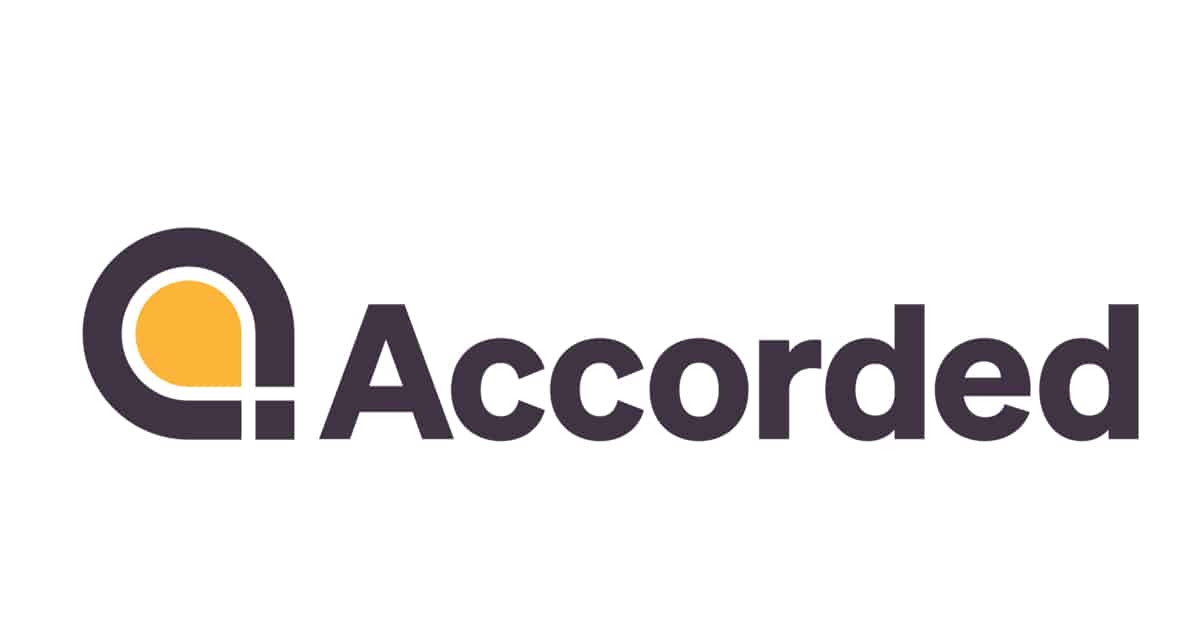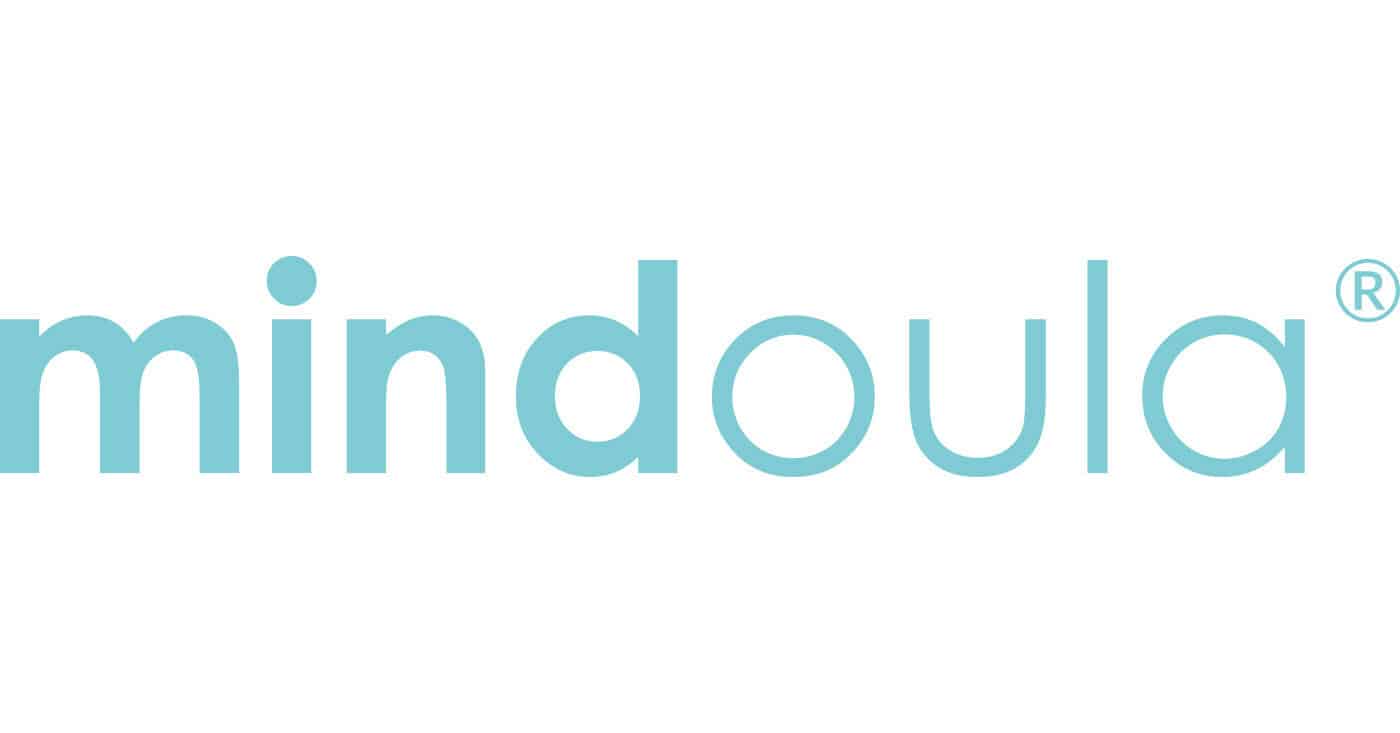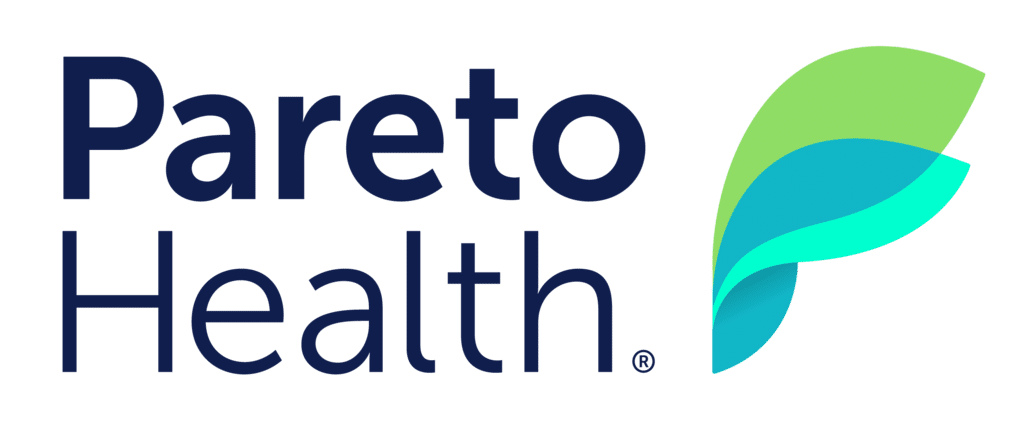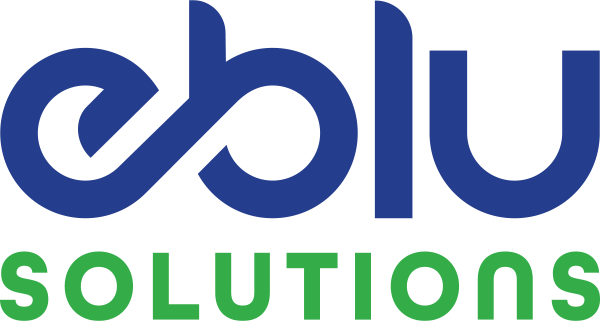Cultivating Diversity in AI Talent Acquisition
Streamline Your Hiring Process and Optimize Candidate Data with an Applicant Tracking System
In today's competitive job market, attracting top talent and efficiently managing the recruitment process is critical for the success of any healthcare organization. Applicant Tracking Systems (ATS) have emerged as invaluable tools for companies of all sizes, helping them streamline their hiring process, comply with regulations, and effectively manage candidate data. In this article, we will explore the benefits of using an ATS, discuss when it becomes necessary, clarify what an ATS is and isn't, and highlight some key players in the ATS landscape.
What is an Applicant Tracking System?
An Applicant Tracking System (ATS) is a software tool designed to streamline and automate the hiring process for organizations. It serves as a central hub for managing and tracking candidate applications and related data. An ATS typically includes features such as resume parsing, automated job posting, candidate screening and evaluation, interview scheduling, communication management, and reporting/analytics.
It's important to understand that an ATS is not a comprehensive solution for the entire recruiting process. Instead, it primarily focuses on managing data from the point of application forward. Pre-application efforts, such as sourcing passive candidates or building relationships, fall under the broader umbrella of recruiting. An ATS complements the recruiting process by efficiently managing and tracking active candidates.
The Benefits of Using an Applicant Tracking System
Data Retention
An ATS enables you to retain and organize all candidate data efficiently. It eliminates the risk of losing resumes or contact information in email inboxes, ensuring a comprehensive database that can be easily accessed and referenced for future hiring needs.
Compliance
With various regulations such as Equal Employment Opportunity (EEO) statements, an ATS helps ensure fair and non-discriminatory hiring practices. It allows you to track and report on candidate demographics, monitor diversity metrics, and maintain compliance with hiring regulations.
Brand Building
Instead of resumes getting lost in the abyss of email, an ATS helps build a repository of known entities who are already familiar with your brand. This database can be leveraged for future hiring needs, saving time and effort in sourcing new candidates.
Process Enablement
An ATS comes equipped with a number of process-oriented tools that help standardize the recruiting process in growing organizations. This typically includes interview scheduling tools, interview feedback forms, and standardized interview formats including the way you evaluate talent. These features help to consolidate and streamline the offer process because it acts as a data repository for all offer and onboarding-related materials. Additionally, an ATS can help improve onboarding because it can feed all relevant sensitive personal information (SPIs) directly to your company’s human resources information system (HRIS).
The Differences Between an ATS & the Recruiting Process
While the recruiting process encompasses the entire lifecycle of hiring, including pre-application activities like vetting thousands of candidate profiles, an ATS specifically caters to managing and tracking applicants from the moment they apply. Most platforms also provide features like resume parsing, automated workflows, interview scheduling, and candidate communication. The ATS helps streamline the selection and evaluation process, making it easier to track candidate progress, collaborate with team members, and maintain a standardized hiring process.
However, an ATS only tracks active candidates, while your recruiting process includes both active and passive candidates. Passive candidates are typically tracked via a candidate relationship management (CRM) tool. While some applicant tracking systems have this module, most do not, and those that do, from our experience, lack in capability as compared to a standalone CRM like Loxo, which we use for both ChasmTeam and its clients.
It’s important to understand that while an ATS may be a critical element in your recruiting process, it does not replace the recruiting process. Furthermore, an ATS is only as strong as the team behind it, which greatly reinforces the need for a strong internal, or external, talent acquisition function.
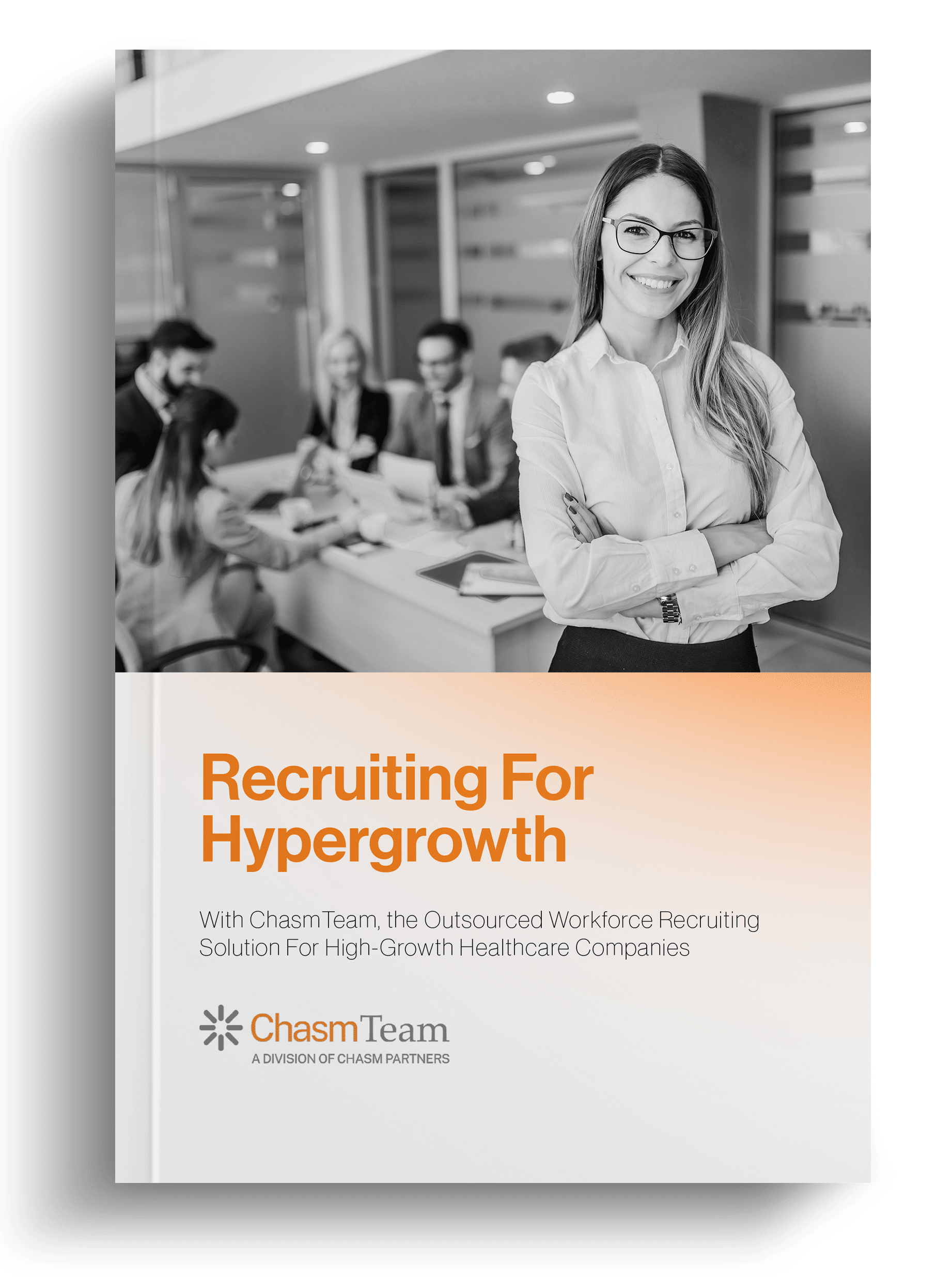
RECRUITING FOR HYPERGROWTH
Download our eBook, Recruiting for Hypergrowth, to learn more about the evolution of Recruitment Process Outsourcing (RPO) and how recruiting for growth can be flexible and cost-efficient when using an outsourced talent solution.
When to Invest in an Applicant Tracking System
The need for an ATS depends on:
- The size of your organization
- The frequency of your hiring requirements
If you hire only a handful of people per year, an ATS may not be essential. However, as your organization grows, and you find yourself hiring 20 or more candidates annually, an ATS becomes invaluable. It provides the necessary infrastructure to manage a larger volume of applicants, streamline the hiring process, and ensure a positive candidate experience.
Choosing an Applicant Tracking System
Enterprise-Level Organizations
Larger, enterprise-focused ATS providers like iCIMS, Taleo, and Workday offer robust solutions geared toward global entities, with features that guarantee compliance requirements and multi-language functionality. While these solutions are extremely comprehensive, they can be expensive and may have complex implementation processes.
Growth-Oriented Organizations
For growth-oriented companies, smaller and more agile ATS providers may be a better fit. Platforms like Greenhouse, Lever, and Jobvite not only provide applicant tracking but also offer features that enhance the interview process, facilitate group interviews, and enable feedback collaboration. These ATS are widely used by companies of varying sizes to streamline their hiring operations and optimize their candidate selection processes. However, these options can also be expensive, depending on the scale of your hiring needs.
Early-Stage Organizations
For smaller, early-stage companies with modest hiring volumes, Workable offers a cost-effective solution that caters to their needs without all the bells and whistles of larger ATS providers. It provides the essential features required to manage the hiring process efficiently and is an excellent option for organizations hiring around 10-15 candidates per year.
At Chasm, we recommend Loxo to our early- to mid-stage ChasmTeam clients. Not only have we been able to help our clients manage their applicants and hiring pipeline, but also develop career sites and generate reports on their active searches. Contact us to learn more.
Is an ATS Right For Your Healthcare Organization?
Implementing an Applicant Tracking System can significantly improve your hiring process, enhance data management capabilities, ensure compliance, and contribute to a positive candidate experience. By considering the size of your organization, your hiring volume, and the specific needs of your recruiting process, you can select an ATS solution that aligns with your requirements and budget. Whether you opt for a larger enterprise-focused ATS or a smaller, more nimble solution, integrating an ATS into your HR technology stack can streamline your hiring process and contribute to the long-term success of your organization.
Looking to scale your teams and build your applicant pipeline? ChasmTeam can help.



